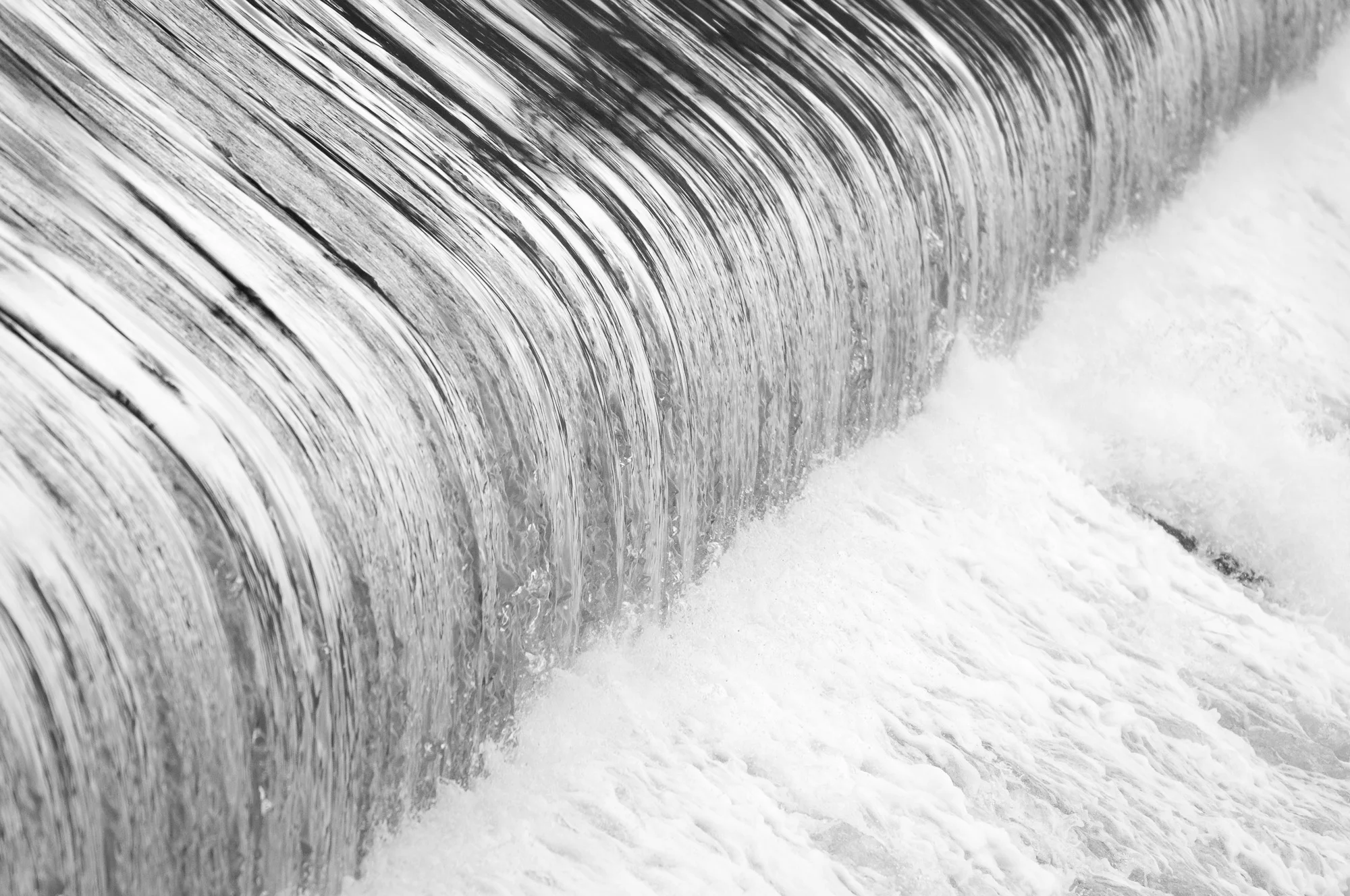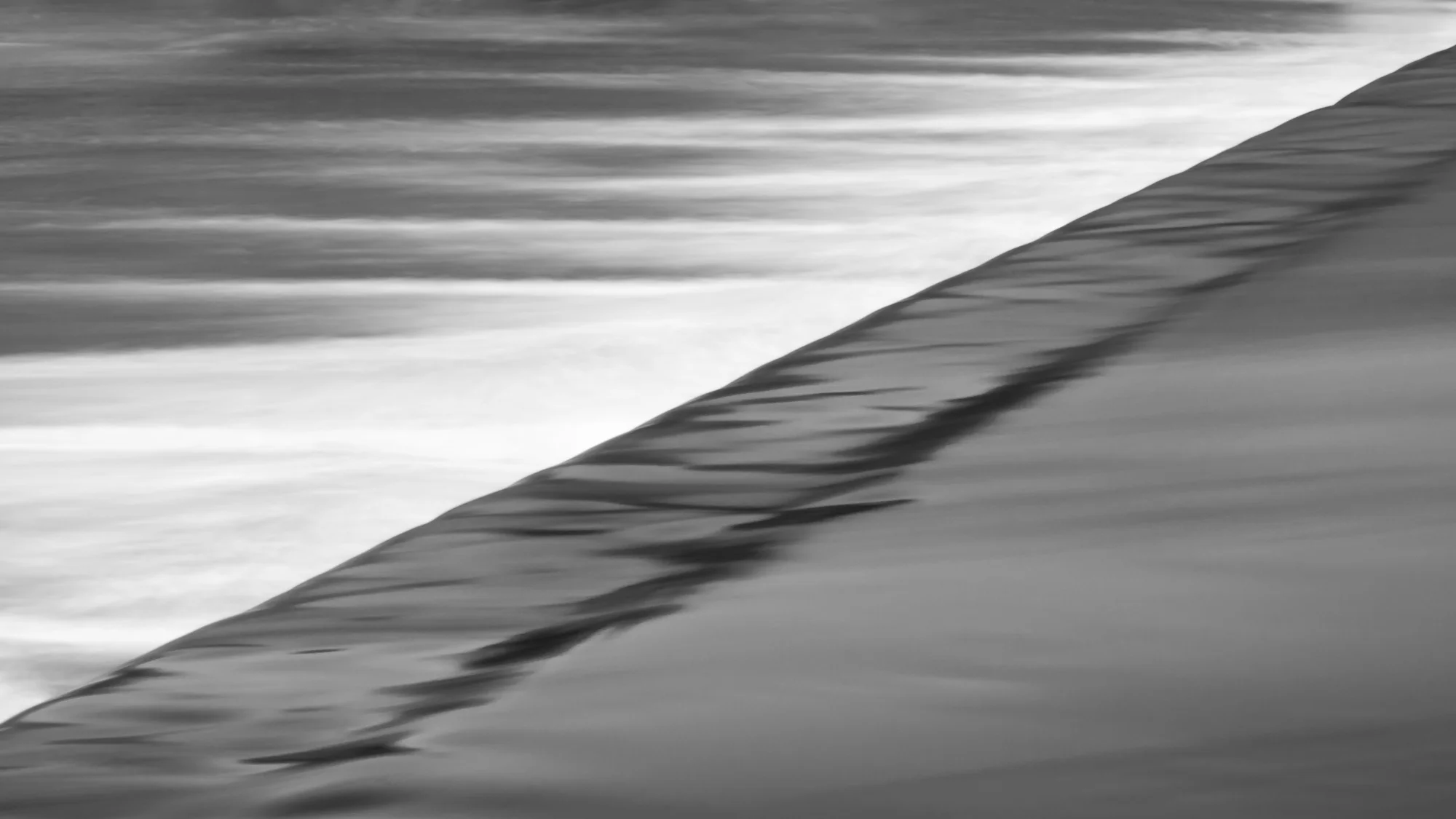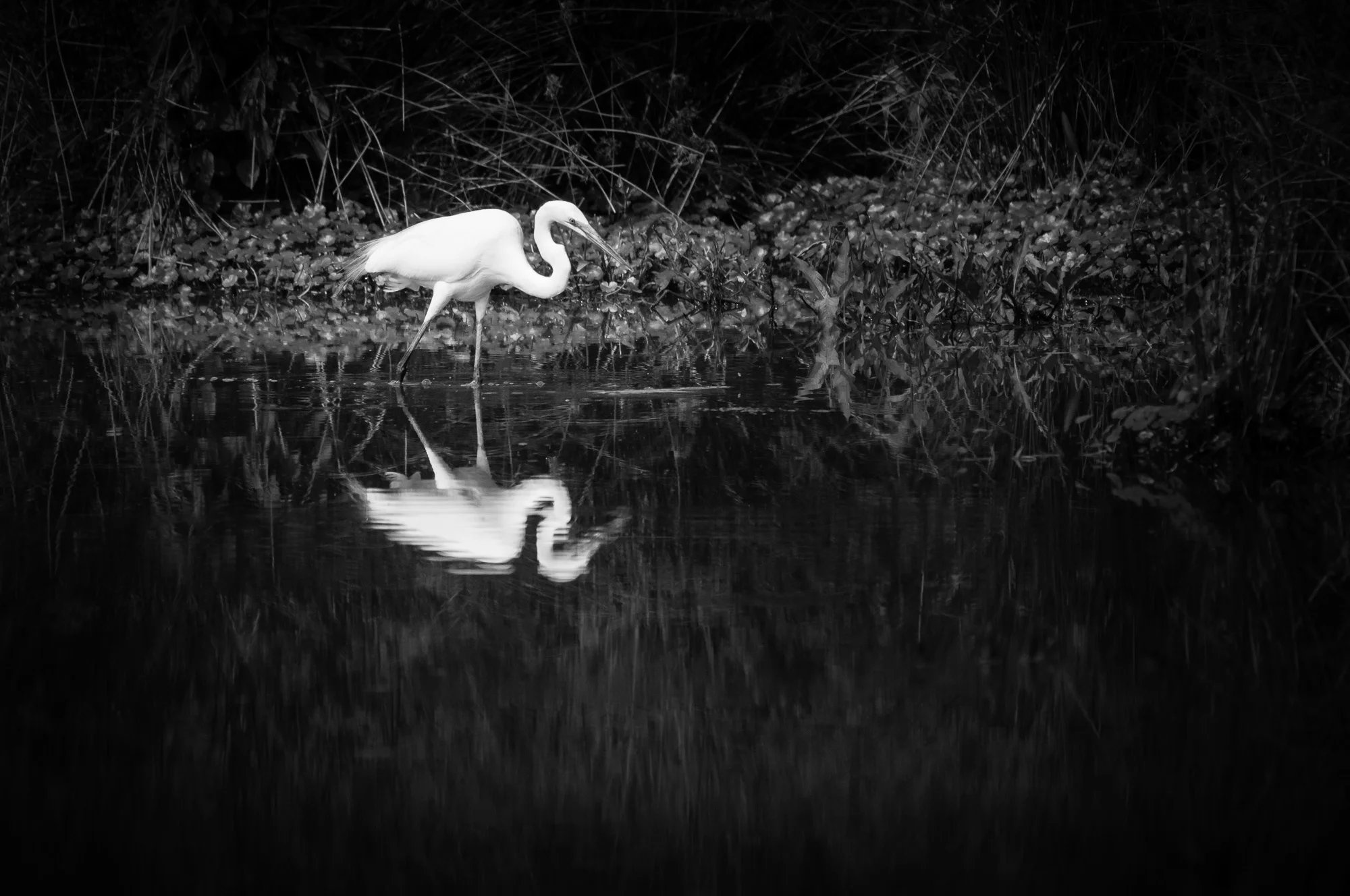Photography is a form of storytelling. A single photograph can tell a story. It can make you think, make you wonder about what’s happening, what you are seeing, where the people are looking, or what the animal is doing. And a series of photographs can be used to tell a longer story, one told in vignettes, each frame telling its own story while also contributing to the larger story as a whole.
National Geographic Magazine is full of great examples of stories told through series of images. Most articles in their magazine include a series of photographs that help tell the story, that enhance the words and help draw in the reader. These photographs are typically created intentionally with storytelling in mind, with that specific article in mind.
I recently thought about storytelling when going back through my photographs of Acadia National Park in Maine. I had not thought much about storytelling during the trip. It was a vacation to get away from work, to clear my mind and spend some time with my father. We just wanted to see some sights and eat some great food.
But recently, going back through the images, I began to see the potential for a story. The images were of Jordan Pond in the fog. Initially I was attempting to create landscape images, showing the pond and the fog along with parts of the shore, some rocks, trees, etc. But then I saw kayakers on the pond and began focusing in on them, integrating them into the photographs. They made great subjects.
Looking back at the images I wondered if there might be a combination of images that could tell a story. I tried to imagine my vacation had been an assignment, that I needed a series of photographs to go along with a story. So I edited them down to the selection you see in this post.
I don’t have a written story for these images. This was just an exercise to see how I might pull together images if there were one. But this also was an exercise to help get me thinking more intentionally on future trips or future photo shoots, to think about telling a story with the images I create. Instead of just creating a large number of individual images I can attempt to intentionally create a series to tell a story.
Have you ever attempted to tell a story using a series of images? If not then I encourage you to give it a try. If you have then leave a comment below and let me know about your experiences.
Do you enjoy these posts?
Sign up to receive periodic emails with updates and thoughts. Don’t worry, I won’t spam you. And please consider purchasing artwork or products from my online store, and using my affiliate links in the sidebar to the right when shopping online.
I appreciate your support!
























































